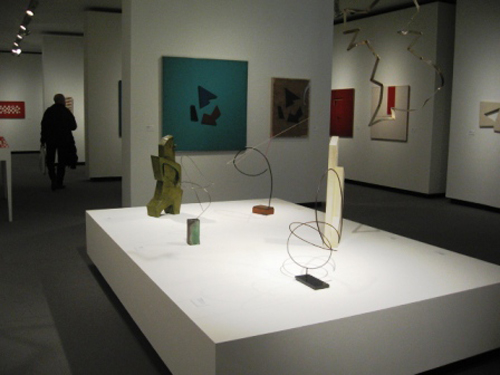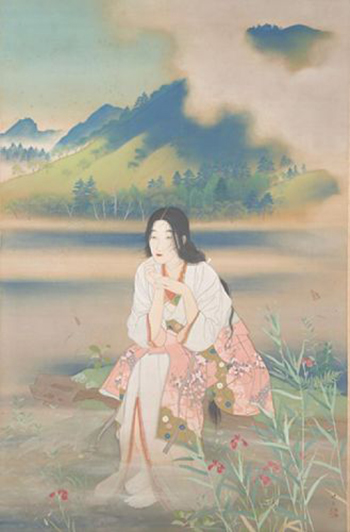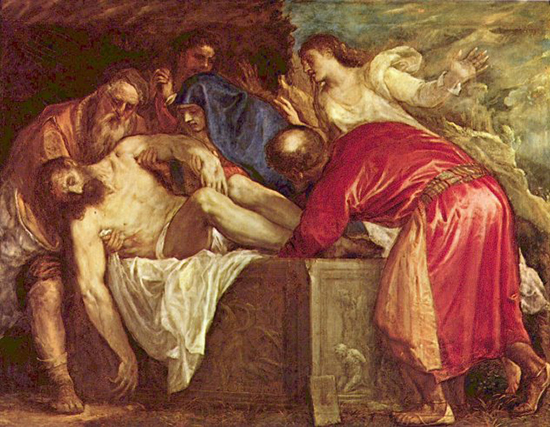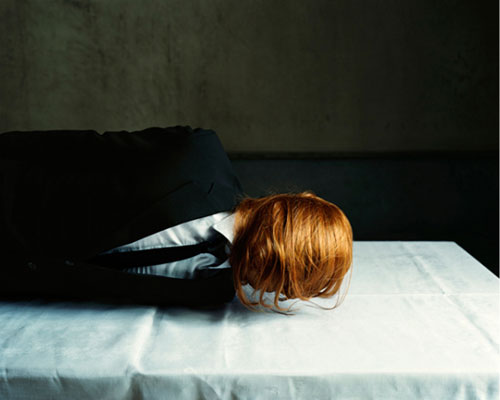The Piet Mondrian exhibition, “L´harmony perfetta”, recently opened in Rome, brings together masterpieces from collections as far afield as Gemeentemuseum in The Hague, the Denver Art Museum, the Philadelphia Museum of Art, The National Gallery of Canada in Ottawa and the National Museum of Modern Art in Kyoto. The exhibition has been curated by Benno Tempel, director of the Gemeentemuseum.

At the beginning of the twentieth century Mondrian was already considered a successful landscape artist. But he was also obsessed with the idea of ??progress and convinced that he had a personal mission. He evolved a non-representational form which he termed Neo-Plasticism. This consisted of white ground, upon which was painted a grid of vertical and horizontal black lines and the three primary colors.
Mondrian was inspired by the theosophy of Helena Petrovna Blavatsky, and his work is influenced by this concept. Blavatsky taught that one could achieve a deeper understanding of nature than that provided empirically. Mondrian believed that the work of art was to help provide this understanding. He said “only when we are genuinely within reality will art no longer be necessary.” This theosophy stems partly from the force acting between man and woman, something that Mondrian also represents in his work. The observer may not see it immediately, but knowing that the female element is represented by the horizontal and the masculine by the vertical, it becomes clear that Mondrian attributed an important role to these elements from the beginning, first in his figures and later in his abstract compositions. The quest for this universal harmony is the leitmotif of all his work.
Mondrian painted his first cubist abstract work in 1914. He made Cubism his own by giving his own analysis to this new way of painting, defining it as a method of decomposing the external form of objects, displaying it on the plane and eliminating the traditional illusion of depth by providing structure across the entire surface of the canvas.
He was also an important contributor to the De Stijl art movement and group, founded by Theo van Doesburg. He died in New York, a city he loved dearly, in 1944.
If you rent apartments in Rome and you´re interested in art then don´t miss this opportunity to attend a very special exhibition of Mondrian´s work. The work will be on display from October 8 to January 29 in the Complesso del Vittoriano.

 English
English Translated by: Ben Palmer
Translated by: Ben Palmer


